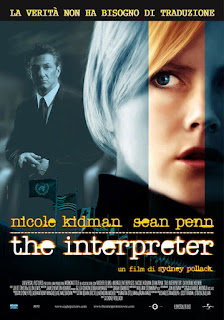Weiperth A, Bláha M, Szajbert B, Seprős R, Bányai Z, Patoka J, Kouba A. 2020. Hungary: a European hotspot of non-native crayfish biodiversity. Knowledge and Management of Aquatic Ecosystems 421: 43. https://doi.org/10.1051/kmae/2020035
Abstract
There is a long history of crayfish introductions in Europe and numbers keep increasing. In Hungary, spiny-cheek crayfish Faxonius limosus, signal crayfish Pacifastacus leniusculus, red swamp crayfish Procambarus clarkii, marbled crayfish P. virginalis and Mexican dwarf crayfish Cambarellus patzcuarensis have become established. Here we report on monitoring at two localities with novel crayfish assemblages closely linked to releases associated with the pet trade. Florida crayfish Procambarus alleni were recorded from the Gombás brook near Vác living in syntopy with the established spiny-cheek crayfish. Dozens of Florida crayfish individuals including egg-carrying females have been detected. The short lifespan of this species and its documented presence including two overwintering in at least two years suggests possible establishment. However, the lack of juvenile records calls for further monitoring as long-term propagule pressure cannot be ruled out. We also identified a single marbled crayfish in the Danube floodplain at the end of the monitoring campaign. The second locality (Városliget thermal pond in Budapest) harbours an even more diverse crayfish assemblage. Here, we identified numerous red swamp and marbled crayfish in syntopy with dozens of monitored redclaws Cherax quadricarinatus and seven individuals of New Guinean Cherax species − C. holthuisi, C. snowden, as well as two scientifically undescribed species. These findings clearly indicate the attractiveness of urban and, especially, thermal waters for the release of even expensive aquatic pets and highlight the hitherto poorly known biodiversity of New Guinean crayfish species.











